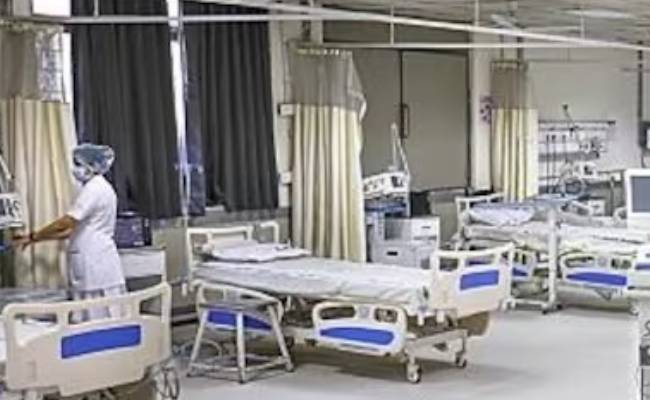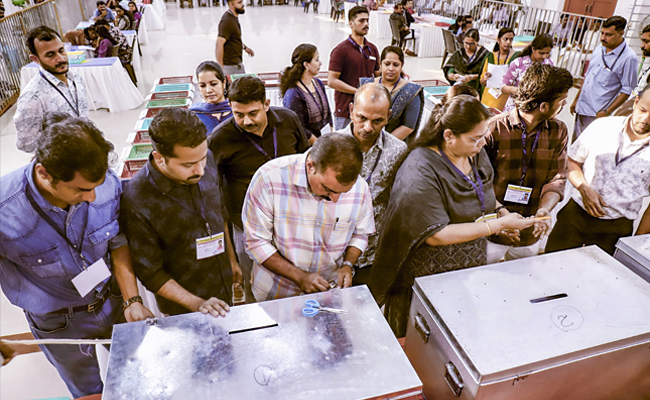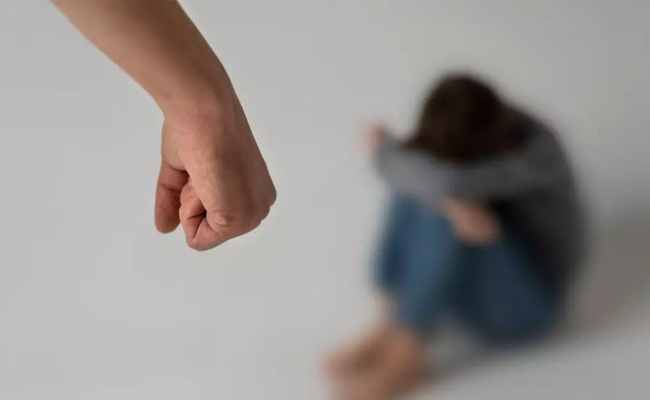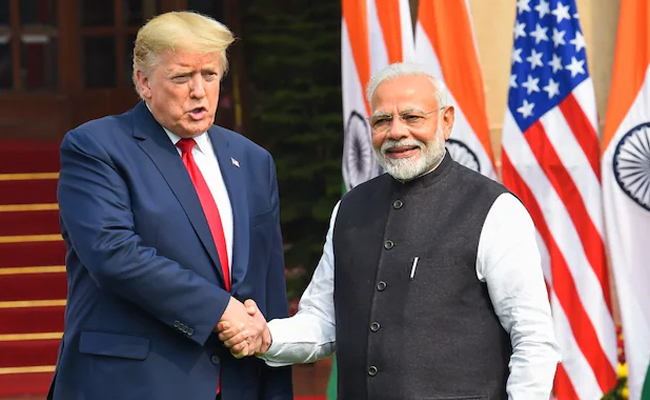New Delhi: The average out-of-pocket expenditure (OOPE) for hospitalisation, including institutional deliveries, in rural and urban India stood at ₹4,129 and ₹5,290 per household, respectively, between July 2022 and June 2023, according to the Comprehensive Annual Modular (CAM) Survey by the National Sample Survey Office (NSSO).
OOPE refers to the expenses households bear at the time of receiving healthcare, and it is a key measure of financial protection in healthcare payments. The survey, released on Wednesday, was conducted as part of the 79th round of the National Sample Survey (NSS). Covering over 3 lakh households across India, the CAM survey aims to generate data on education, healthcare expenditure, digital use, financial inclusion, and asset possession, except for certain villages in the Andaman and Nicobar Islands.
The survey also noted that rural and urban households spent an average of ₹539 and ₹606, respectively, on medical services not requiring hospitalisation within a 30-day period. Additionally, individual costs of hospitalisation in rural areas amounted to ₹1,035, with 91.3% being OOPE, while in urban areas, the cost was ₹1,879, with 60.9% from OOPE.
Despite government health initiatives, OOPE remains a significant burden. The survey reveals that the average cost of hospitalisation during the period was ₹4,496 in rural areas and ₹6,877 in urban areas. This indicates that rural households spent about 92% of their hospitalisation costs from their own pockets, while urban households covered approximately 77% of these costs through OOPE.
In contrast, the 75th NSS round in 2017-18 recorded higher average medical expenditures for hospitalisation, at ₹16,676 in rural areas and ₹26,475 in urban areas. This suggests some progress, likely influenced by schemes like Ayushman Bharat-Pradhan Mantri Jan Arogya Yojana (AB-PMJAY), which provides health coverage of ₹5 lakh to nearly 50 crore Indians.
Health experts have also noted a rise in private health insurance uptake, especially post-Covid-19, as a contributing factor in reducing OOPE. However, public health specialists warn that OOPE alone does not provide a complete picture. Catastrophic healthcare expenditure (CHE) and the percentage of people pushed into poverty due to healthcare costs are also important indicators to assess financial protection in healthcare.
Let the Truth be known. If you read VB and like VB, please be a VB Supporter and Help us deliver the Truth to one and all.
Thiruvananthapuram (PTI): Buoyed by the strong performance of the Congress-led UDF in the local body polls, KPCC president Sunny Joseph said on Saturday that the front's results indicated the people had rejected the LDF government.
According to early trends, the UDF was leading in more grama panchayats, block panchayats, municipalities and corporations than the LDF.
The local body polls were held in two phases in the state earlier this week.
ALSO READ: Cong candidate who moved Kerala HC for name reinstatement in voter list, wins
Speaking to reporters here, Joseph said the people of Kerala had extended their support to the UDF.
"We could expose the LDF government’s anti-people stance and the people understood it. The LDF’s fake propaganda was rejected by the people. The UDF is moving towards a historic victory," he said.
He said a united effort, proper preparations, good candidate selection and hard work had resulted in the Congress and the UDF’s victory in the elections.
Asked about the prospects in the Thiruvananthapuram Corporation, Joseph said the party was studying the matter and would comment later.
LDF convenor T P Ramakrishnan said the results would be closely examined.
According to him, the government had done everything possible for the people.
"Why such a verdict happened will be examined at the micro level. People’s opinion will be considered and further steps will be taken," he said.
He added that decisions would be taken after analysing the results. "If any corrective measures are required, we will initiate them and move forward," he said.
AICC leader K C Venugopal said the results showed that people had begun ousting those who, he alleged, were responsible for the loss of gold at Lord Ayyappa’s temple.
"This trend will continue in the Assembly elections as well. It is an indication that the people are ready to bring down the LDF government," he said.
Venugopal said the UDF had registered victories even in CPI(M) and LDF strongholds.
"I congratulate all UDF workers for their hard work. Congress workers and leaders worked unitedly," he said.
Referring to remarks made by Chief Minister Pinarayi Vijayan against the Congress on polling day, Venugopal said the voters had responded through the verdict.
"I do not know whether the chief minister understands that the people are against him. Otherwise, he does not know the sentiment of the people. The state government cannot move an inch further," he said.
He said the results indicated a strong comeback for the UDF in Kerala.
Asked whether the Sabarimala gold loss issue had affected the LDF in the local polls, Venugopal said the CM and the CPI(M) state secretary did not take the issue seriously.
"We took a strong stand on the matter. The BJP played a foul game in it," he alleged.
On the BJP's role in the local body elections, Venugopal alleged that the party operated with the CPI(M) 's tacit support.
"The CPI(M) supported the central government on issues such as PM-SHRI, labour codes and corruption in national highway construction. The CPI(M) is facing ideological decline, and the state government’s policies are against the party’s own decisions," he said.
Meanwhile, LDF ally Kerala Congress (M) leader Jose K Mani said the party could not win all the wards it had expected in the elections.
He congratulated winners from all parties and said the party would closely examine the losses and identify shortcomings. "Later, we will take corrective measures," he added.
Senior Congress leader and MP Rajmohan Unnithan said the trends in the local body elections indicated that the UDF would return to power in the 2026 Assembly elections.
"We will win 111 seats as in 1977 and return to power in 2026. The anti-government sentiment of the people is reflected in the elections," he said.
Unnithan said the people were disturbed and unhappy with the present government.
"The trend indicates the end of the LDF government," he added.
CPI(M) MLA M M Mani said the people had shown ingratitude towards the LDF despite benefiting from welfare schemes.
"After receiving all welfare schemes and living comfortably, people voted against us due to some temporary sentiments. Is that not ingratitude," he asked.
Mani said no such welfare initiatives had taken place in Kerala earlier.
"People are receiving pensions and have enough to eat. Even after getting all this, they voted against us. This is what can be called ingratitude," he said.
Muslim League state president Panakkad Sayyid Sadiq Ali Shihab Thangal said the results were beyond expectations.
"The outcome points towards the Secretariat in Thiruvananthapuram, indicating that a change of government is imminent. We are going to win the Assembly election," he said.





